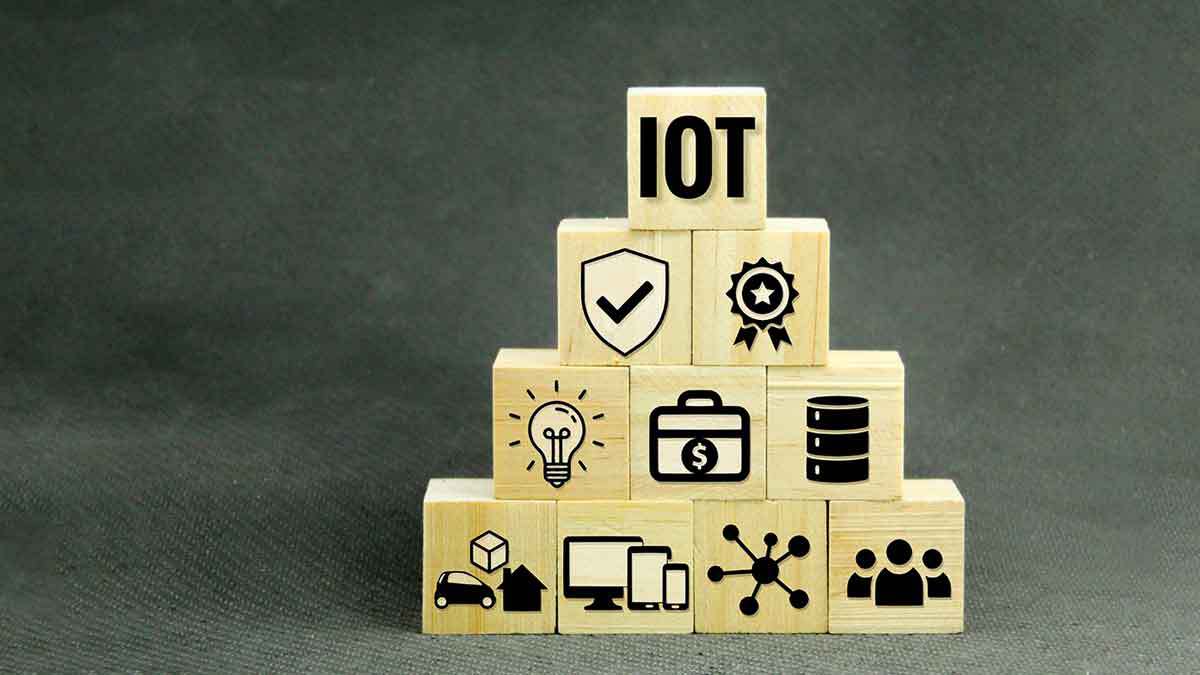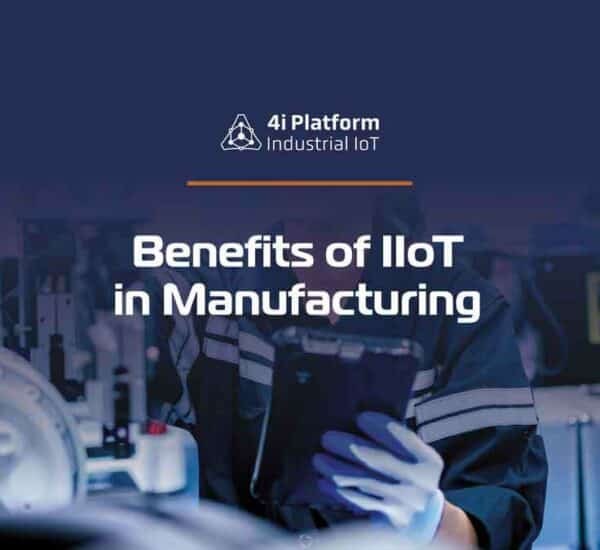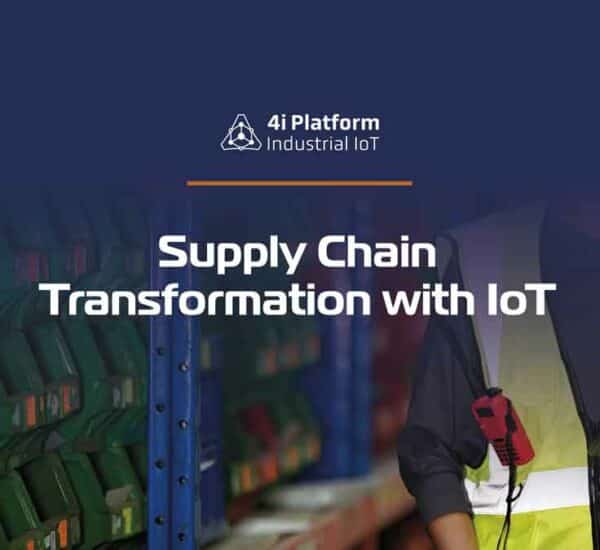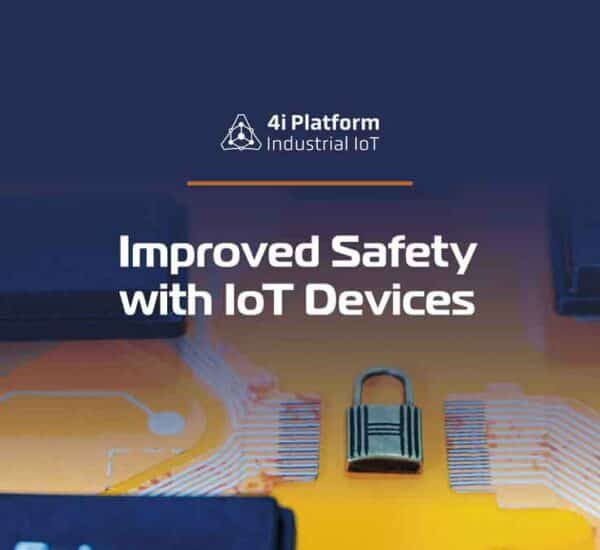The Internet of Things is a collection of billions of connected gadgets all over the globe that can gather and share data. All kinds of industries use applications of IoT in their processes and products. This includes everything from everyday objects like lightbulbs and fridges, to commercial enterprise assets like delivery labels or clinical devices, to extraordinary wearables, smart gadgets, and even IoT-enabled smart cities.
The Best Applications of IoT
Here are some of the most practical and spectacular applications of IoT to date in healthcare, smart parking, and agriculture.
Internet of Things in Wearables
Consumer behavior drive market forces. Unsurprisingly, wearable technology is among the products customers want, especially for the IoT applications. This industry is among the first to have implemented IoT as the ultimate guide to the internet and its services.
There is a wide variety of applications for wearable gadgets, and the possibilities are endless. Regardless of the specific application, there is a common purpose: to store, interpret, and speak facts about the wearer or their surroundings.
Technology companies are constantly developing wearable smart devices that can help improve the health and enhance the life and wellbeing of their users.
The Internet of Things in Healthcare
IoT-enabled devices make the remote monitoring of healthcare facilities possible. This allows patients to be kept safe and healthy, and medical professionals to provide care.
The Internet of Things (IoT) has given rise to a new era in medicine. IoT provides the ability to collect data, and monitor the details of patients and workers in real time to meet healthcare requirements.
Several linked devices make up the IoT clinical machine integration that can screen patients for fitness. Besides, it can alert them before any diseases develop. IoT is a key component of healthcare. It guarantees healthier patients and empowered healthcare providers.
Example of Applications of IoT in Healthcare: Ingestible sensors
Ingestible sensors make use of genetically engineered microorganisms to detect and diagnose gastrointestinal problems.
The IoT’s ingestible sensors are small enough to fit in a pill and they can notify us if there is any abnormality in our bodies.
First, the microorganism glows when it comes in contact with stomach bleeding markers. This mild emission is detected by the digital chip and converted into a Wi-Fi signal that can be transmitted to a smartphone app.
The Internet of Things in Smart Parking
Smart parking optimization is an IoT-based device that transmits statistics on free and occupied parking spots via the Web or mobile apps.
Every parking spot is equipped with sensors and microcontrollers, as well as an IoT application. The person is given information about all available parking spots and can choose the most convenient one.
Parking lot administration machines can serve as a hub that connects drivers, regulation reinforcement bodies, parking facility managers and other stakeholders to create a connected network.
Uses of the Internet of Things in Agriculture
Smart farming is an IoT-based system that monitors crop cultivation using sensors for light, humidity, and temperature to automate the irrigation system. Smart farming allows farmers to screen the requirements from anywhere.
IoT-based smart agriculture is more environmentally friendly than traditional farming. In addition, it offers benefits like water usage that is more ecologically sound or the optimization of inputs.
Smart farming also provides clear, real-time observation and relies heavily on IoT. This allows for the delay of work by farmers and growers, so they can increase their productivity in a sustainable manner.
Applications of IoT in Smart Agriculture: The Smart Greenhouse
The greenhouse farming technique increases crop yield by controlling environmental parameters. IoT allows climate stations to automatically manipulate weather conditions in accordance with a set of instructions. This makes the greenhouses smart. Embedded gadgets, like sensors, measure specific parameters and send the data to the cloud.
Afterwards, the system strategizes the information and applies managed actions. In short, IoT in greenhouses is a low-budget method that simultaneously increases accuracy and reduces human intervention.





